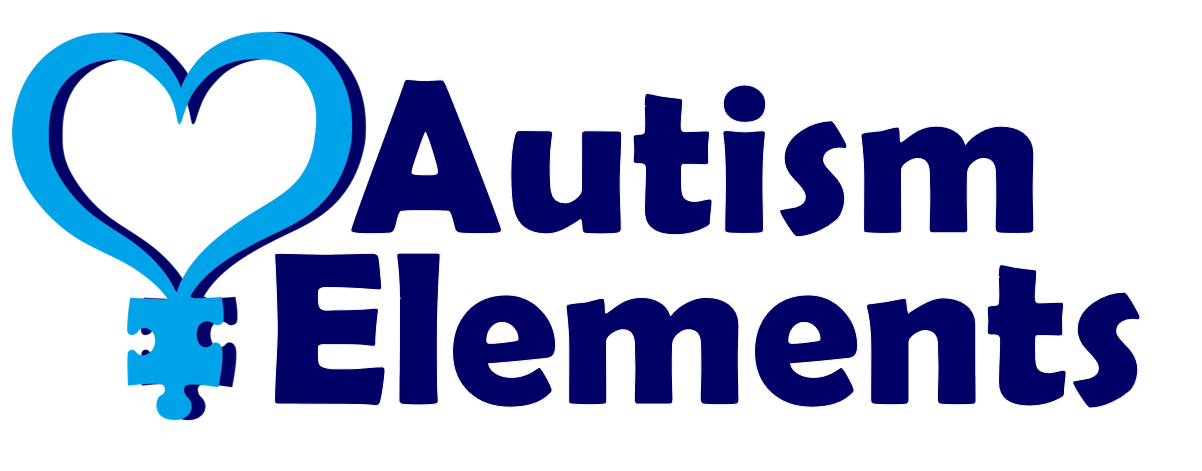|
Is your head ready to explode? How many cups of wine have you drank? Or are you on a treadmill just exercising your stress away? Every teacher is normally a planner, someone who loves to spend all their summer planning for the upcoming school year. You choose your theme, decorations and centers. You probably even envisioned how your class would look and which way desks/furniture will be set up. But this 2020 has been a mess, many educators didn't even know how to plan for it. It has been a roller coaster of emotions as counties/districts made decisions to go face-to-face, hybrid model or fully online. Now a week before school or planning starts, maybe your district FINALLY made the choice to go fully online. So... all your prepping is out the door and we have to start from scratch to prepare for E-Learning. I am going to help you Brainstorm. Here are some things you need to begin thinking about. What VIRTUAL venues or platforms will I be using to teach my students through virtual learning? Every area will be expecting their district to become more uniform in the platform avenues they are using. For example, Canvas for assignments & lessons and Microsoft Teams for Video Conferencing or Google Classroom and Zoom for live teaching. As much as I used to love autonomy and full control on what I wanted to use to teach my students, I completely understand that students thrive on routines and structure, therefore we must stick with one or two platforms at most. Keep in mind that many families have more than one child at home, so if everyone is using multiple digital tools such as Zoom and Microsoft Teams... that means they have to learn how to use both venues. Think of a parent who has a middle or high school child that has a minimum of 5-6 teachers (sometimes more)... if every teacher used something different, then students/caregivers are going to have a harder time figuring all of it out and navigating from one place to another. Things could easily get lost in cyberspace. Therefore, this is going to help not only you as the educator but the students to become highly proficient using one venue which will lead to success and more engagement. This doesn't mean that in the venue of video conferencing or main classroom digital tool you can't add other fun resources. (Just saying!) How is your classroom management going to look like? Just like when you go to school in brick and mortar, you must always establish "Rules & Expectations". Create rules that will always be your constant reference. Keep in mind your grade levels, language and student's abilities. Create video conference expectations to clarify what students will be expected as they participate in video conferences. Make it fun! Come up with an acronym. I found an example online in a Facebook group. (c) Facebook Group-Idea was found online from other amazing educators. Other expectations you can think about:
I want to CAUTION you, that as cute as Bitmojis and fancy things can be, you need to think of your student population and how well they can understand things/concepts. Sometimes SIMPLE is great and more effective for special needs students, just visuals that are straight to the point. Such as: What about a behavior system? I don't know about you but we all need reinforcement. You need to come up with an incentive digital reward system. Reinforcement will lead to more engagement, focus and higher levels of participation. You want to motivate your students to want to sit in front of the computer and attend to your lessons. What better way than reinforcement and rewards! But you have to kick it up a notch on how to reward and reinforce during a digital world since you can't just give a treat or provide a sensory fidget like when we were in brick and mortar. Always remember! Ask yourself the following questions:
(Add Video Link)What about Lesson planning?  I am not saying you need to plan all your lessons... don't get scared! I am just telling you to start contemplating the structure of your lessons. Think about the routines you would have in your classroom during whole group, calendar math, teacher instruction, centers, etc. How are you going to transfer those routines to the virtual learning? Make a list of what each activity will entail. Most importantly once you are happy, stick to that list and make it a routine. You and your student's will appreciate it later. If you do this, all you will have to lesson plan for is the content only not the structure of it. Keep Lesson structure planning simple. For EXAMPLE for Calendar Math:
0 Comments
Leave a Reply. |
Categories
All
|
Services |
About Us |
|















 RSS Feed
RSS Feed
